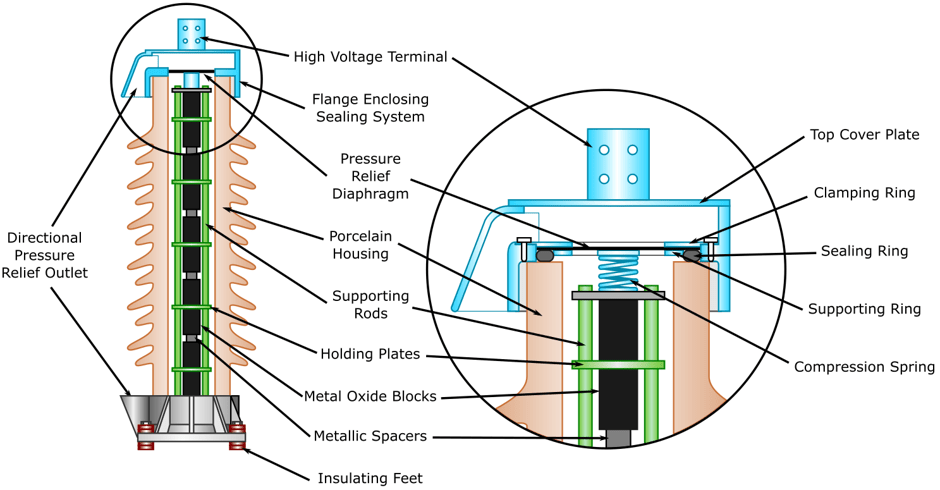The birth of the first lightning arrester
2024-08-27
2024-8-27
The Birth of the First Lightning Arrester: A Revolutionary Development in Surge Protection
The birth of the first lightning arrester marked a revolutionary development in the field of surge protection. Surge arresters, also known as surge protectors or lightning arresters, are devices designed to protect electrical systems and equipment from the damaging effects of lightning strikes and electrical surges. The concept of surge protection dates back to the late 19th century, with the invention of the first lightning arrester by the American engineer and inventor, Oliver B. Shallenberger.
Shallenberger's groundbreaking invention was a response to the growing need for protection against the destructive power of lightning strikes on telegraph lines and electrical systems. Prior to the development of the lightning arrester, lightning strikes posed a significant threat to the reliability and safety of electrical infrastructure, often causing fires, equipment damage, and service disruptions.

The first lightning arrester was a simple yet effective device that diverted the excess voltage from lightning strikes away from the protected equipment. Shallenberger's design utilized a series of spark gaps and resistors to create a path for the lightning's energy to safely dissipate into the ground, thereby preventing damage to the connected electrical systems.
The introduction of the lightning arrester represented a major advancement in the field of surge protection, laying the foundation for the development of modern surge arresters used in today's electrical and electronic systems. Over the years, surge arresters have evolved to incorporate advanced technologies and materials, offering enhanced protection against a wide range of transient overvoltage events, including lightning strikes, switching surges, and other electrical disturbances.




